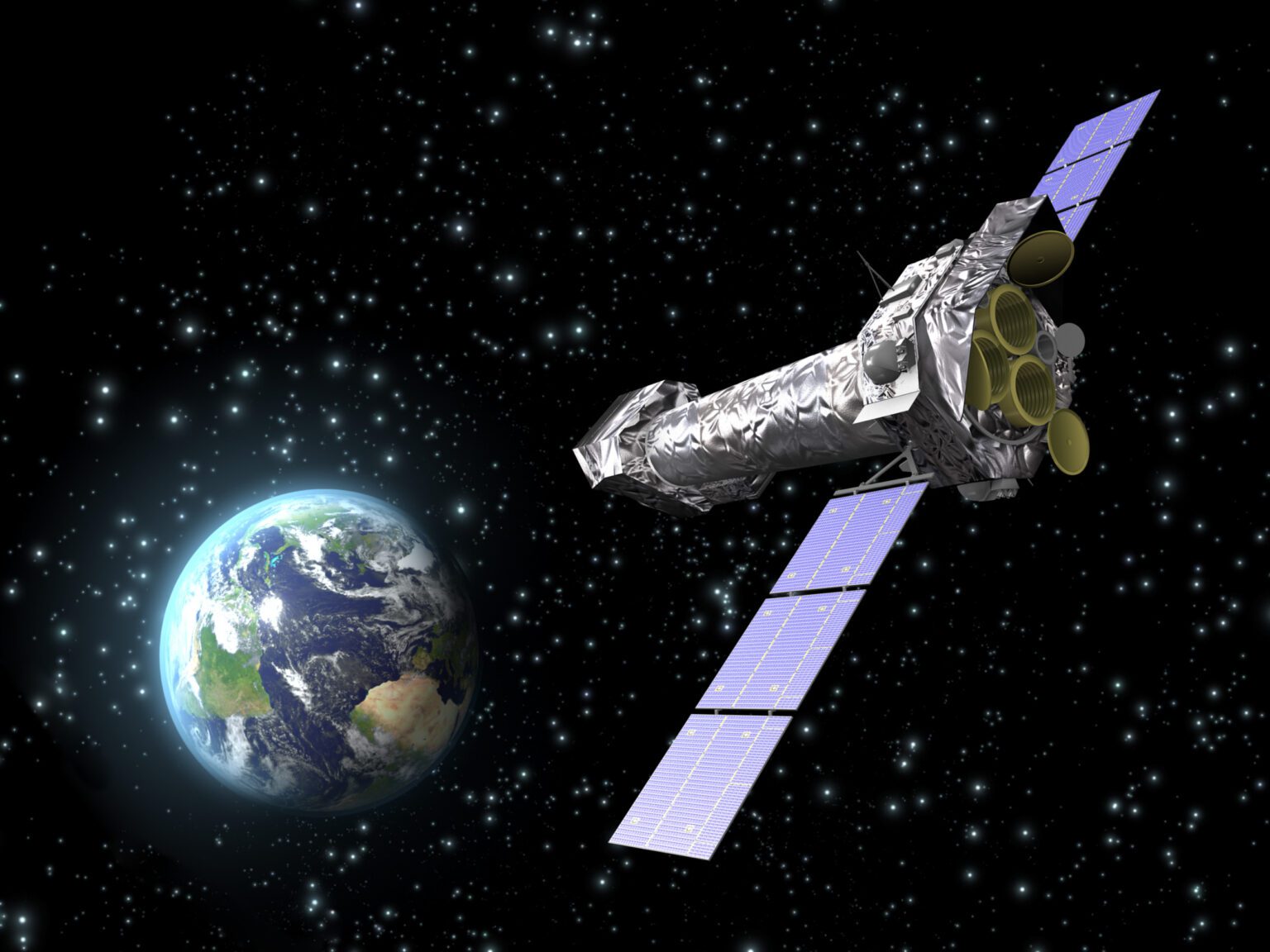Global Courant 2023-04-19 13:00:32
In 2013, a water source arrived that could provide Kenya with 70 years was discovered in the arid Turkana region of the country. Turkana is one of the hottest and driest parts of Kenya and was hit by a devastating drought in 2012. Many residents of the region, who are nomadic herders, became vulnerable due to a lack of rain, which affected their livelihoods. But the discovery of an aquifer revived hopes for productivity in the drought-stricken region.
“This new found wealth of water opens the door to a more prosperous future for the people of Turkana and the nation as a whole. We must now work to further explore these resources responsibly and protect them for future generations,” Ms Wakhungu announced at a meeting of the UN Educational, Scientific and Cultural Organization, Unesco in 2013.
But how were these aquifers discovered? They were found in the Turkana basin and the Lotikipi basin using satellites and radar. Over the years, satellites and associated space technologies have become an increasingly important tool in combating and mitigating the potential impacts of climate change.
Earth observation satellites, for example, have the unique ability to provide near real-time data on a range of environmental variables, such as temperature, humidity, precipitation and atmospheric gases, enabling scientists and government to track and monitor the changing climate with unprecedented accuracy. But some countries on the continent don’t have the resources to own such technologies, and others didn’t think it was worth it. Kenya was one of the countries until last week when it launched its first operational Earth observation satellite – Taifa-1, aboard a SpaceX rocket from the United States.
The satellite’s construction, carried out by nine Kenyan engineers, took two years and 50 million Kenyan shillings ($372,000) with help from Bulgarian aerospace company Endurosat. Elon Musk’s Space X office says the satellite will operate for five years and then decay for 20 years, entering the atmosphere and burning out.
Data from the satellite is expected in the coming months, and the agency has assembled a team of analysts. It also says its data will be distributed free of charge to government agencies and private companies for a reasonable fee.
According to Capt. Alloyce Were, an aeronautical engineer and deputy director of navigation and positioning at the government-run Kenya Space Agency, is tracking the launch on three initial cancellations due to bad weather. “We have the challenges posed by climate change, which the satellite will be able to help monitor thanks to its ability to capture images,” he said. Reuters on Friday before the satellite launch. “We can track forest changes, we can track changes in urbanization.” added the captain.
Many have described the Taifa-1’s entry into orbit as a moment of national pride, and it certainly is. According to consultancy Space Hubs Africa, Kenya is now in the same league as 14 other African countries that had launched a total of 52 satellites by the end of 2022.
The continent has an ambitious plan to more than triple the number of satellites sent into orbit in the coming years. According to the Africa Space Industry Annual Report, there are 125 new satellites ready for development in 23 African countries by 2025 as activity in the continent’s space market increases significantly. But why is satellite launching important for countries on the continent?
The space industry holds so much potential and opportunity, and African governments are becoming aware of it. The global space economy is worth about $469 billion, while the African space industry is worth $19.49 billion in 2021, is expected to grow by 16.16% to $22.64 billion in 2026. $7.37 billion revenue in 2019, the industry is expected to generate more than $10.24 billion by 2024. Judging by this data, the industry is viable, so the pronounced national interest is not surprising.
In addition, the integration of space technology into society and the economy has led to more value creation and more socio-economic benefits that are crucial for the development of countries worldwide. When used correctly, data can be collected on areas that are important to a country’s economy.
Using an observation satellite, real-time data on natural disasters such as floods, droughts and earthquakes can be provided to help governments respond quickly and save lives.
2015, NigeriaSat-1 was the first satellite to send back pictures of the US East Coast after Hurricane Katrina. And the orbiter contributed images to help rescuers recovering the Indian Ocean tsunami in 2004. Nigeria provides free disaster-related images, but the country generates revenue from the satellites by selling other image data. So, aside from generating revenue that may be limited to the country, many other benefits of launching an observation satellite extend beyond the territory of the host country.
The impact of this technology in various industries and sectors cannot be overlooked as it provides valuable data to industries such as agriculture, forestry and mining which can help increase productivity and generate income for the country.
For example, on the continent, a satellite such as the EOS SAT-1 – The world’s first agriculture-focused satellite constellation is already being used to provide farms with data feeds essential to their growth. The parent company, EOS data analysisis a global provider of AI-powered satellite imagery analytics for 22 different industries with a focus on agriculture and forestry.
Launching a national orbit like the Taifa-1 opens up space for greater penetration of space technology into the economies of the countries on the world’s fastest growing continent.
Interestingly, this kind of technology has in some way helped maintain and promote the democratic strength of the continent. In Nigeria, satellites have been used in election observationcontaining crucial information about voters that might otherwise have been overlooked by pollsters.
Satellites and associated space technologies have played a credible role in improving security on the continent. Using an observation satellite, African countries can monitor their borders, coastlines and critical infrastructure, which can improve their security and defense capabilities. The technology proved particularly useful in fighting extremist groups such as Boko Haram in Nigeria.
As the African space industry continues to evolve and grow, the launch of observation satellites such as Taifa-1 is a crucial step towards a more technologically advanced and secure continent. The Taifa-1, in particular, marks an important milestone in Kenya’s technological advancement and participation in the space race.








